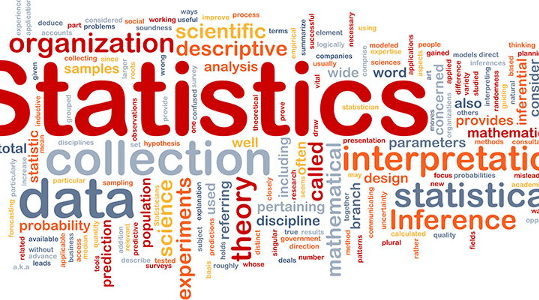Canada’s approach to immigration focuses on ensuring the country’s long term economic well-being and prosperity, as well as leadership in refugee resettlement. As more Canadians want to move into retirement, immigration brings in new workers, attracts new investments, and supports Canada’s economic growth. At the same time, our immigration framework supports family reunification and offers protection to refugees, while providing flexibility for other humanitarian responses. Temporary residents including visitors, international students, and temporary workers provide contributions to Canada’s social, cultural, and economic landscape.
Statistics of Canadian Immigration
Economic Class and Family Class Immigration Data from 2018 to 2023
Canada has various immigration programs to attract talented people and to spread benefits to communities across the country. Programs are based on economic growth, family reunification and humanitarian responses. In 2023, processing time for the economic immigration category was five months compared to four months in 2022.
Family reunification is a pillar of Canada’s immigration system. Canada is still committed to helping Canadian citizens and permanent residents sponsor certain relatives to come to Canada as permanent residents, bringing many economic, social, and cultural benefits to the communities across the country. Sponsors accept economic responsibility for the individual for a defined period. In 2023, 109,730 individuals (65,609 females, 44,115 males, four another gender and two unspecified) were admitted under this category, representing a 12.7% increase from 2022.
Temporary Foreign Worker Program and International Mobility Program Data from 2018 to 2023
In 2023, 184,008 individuals (35,356 females, 148,648 males, one another gender and three unspecified) were issued work permits through the Temporary Foreign Worker Program and 765,262 individuals (356, 567 females, 408,619 males, 33 another gender and 43 unspecified) were issued a work permit primarily for work purposes under the International Mobility Program.This represents an increase of 341,877 new permits from 2022.
Temporary work permit holders continue to transition to permanent residency in recognition of their skills and the contribution they have made to the Canadian economy. The IRCC has continued to focus on increasing transition opportunities to permanent residence and strengthen Canada’s ability to meet a range of labour needs. In 2023, the Department granted permanent residency to 156,580 temporary work permit holders, a 49% increase from the previous year. Of these work permits issued, 70,767 were female and 85,813 were male. This increase in permanent residencies trends with the overall growth of temporary work permit holders.
International Student Program Data from 2018 to 2023
In 2023, 682,889 permit holders entered Canada. From this number, 319,991 were females and 362,824 were males. More study permit holders are now making the transition to permanent residency. In fact, in 2023 25,605 study permit holders were granted permanent residency, a 30% increase from 2022.
Temporary Resident Programs Data from 2018 to 2022
A temporary resident is a foreign national who is legally authorized to enter Canada for temporary purposes. A foreign national has temporary resident status when they have been found to meet the requirements of the legislation to enter and/or remain in Canada as a visitor, student, worker, or temporary resident permit holder. Only foreign nationals physically in Canada hold temporary resident status. Temporary residents coming to Canada must receive either a temporary resident visa (TRV) or an electronic travel authorization (eTA) from IRCC before departure to Canada, with few exceptions (notably U.S. passport holders).
